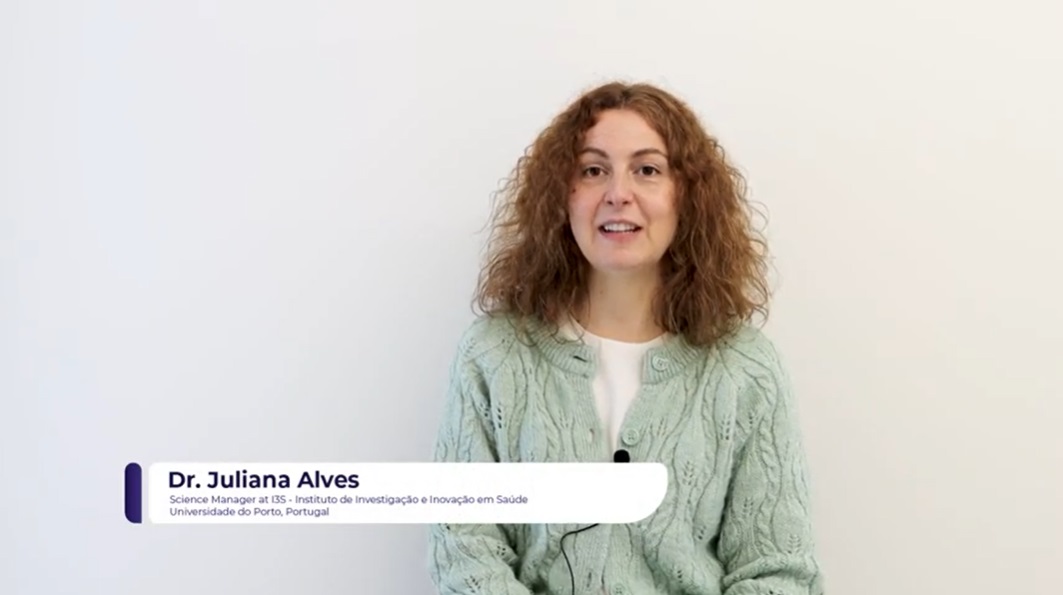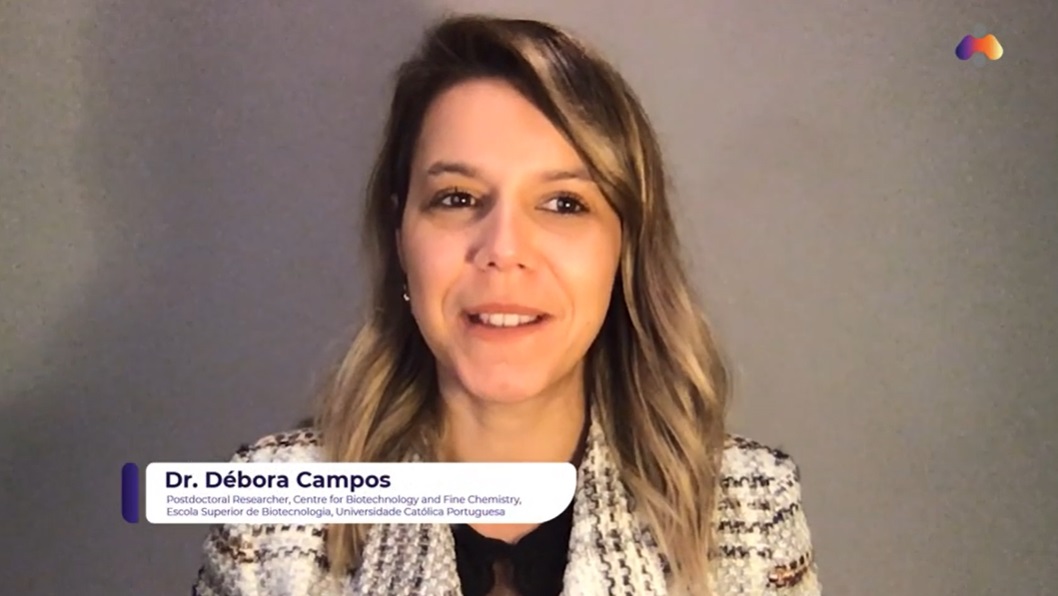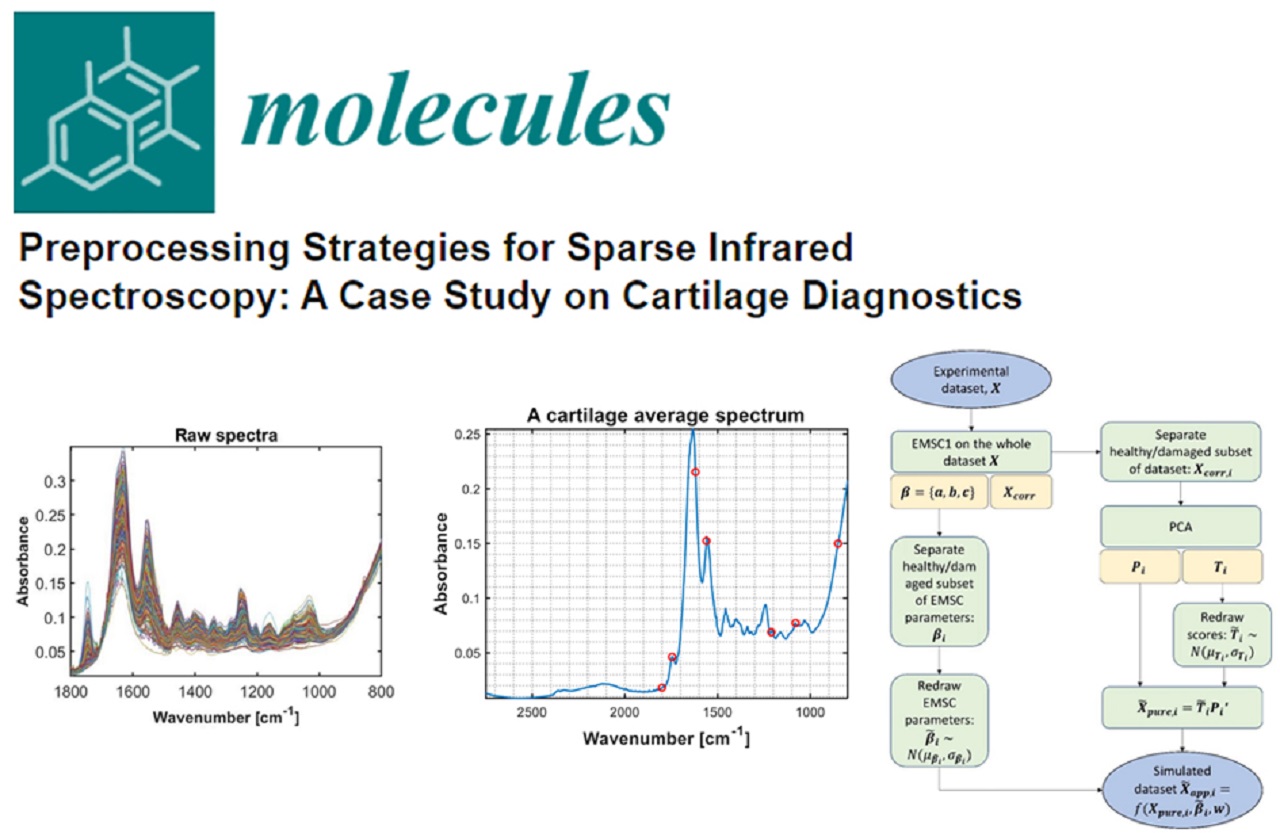For the MIRACLE project, laser sources in the mid-infrared range will be used to investigate characteristic peaks in the absorption spectrum of articular cartilage. This information can be used to draw conclusions about the biochemical composition of the articular cartilage and thus determine how strongly they are affected by osteoarthritis. However, since the bandwidth of a quantum cascade laser covers only a very small area, several different quantum cascade lasers must be developed to obtain the absorption characteristics at the essential points of the spectrum.
In order to find out at which parts of the spectrum the absorption has to be evaluated, the project partners from Ulm University, art photonics, University of Eastern Finland and the University of Oulu carried out a vast number of spectral measurements on cartilage samples. The generated data was then analyzed by the Norwegian University of Life Sciences and Ulm University to provide diagnostically relevant wavelengths, for which nanoplus will provide laser sources (Figure 1).

Schematic representation of the spectrum of articular cartilage with relevant wavelengths.
Nanoplus will deliver individual laser devices for the MIRACLE project, each emitting light at a different wavelength. Nanoplus already fabricated two of the lasers with two different wavelengths with the rest being manufactured in due time.


